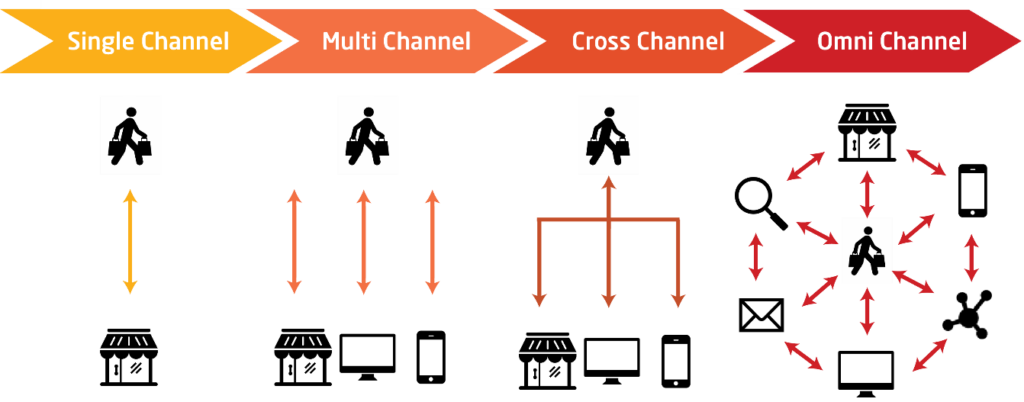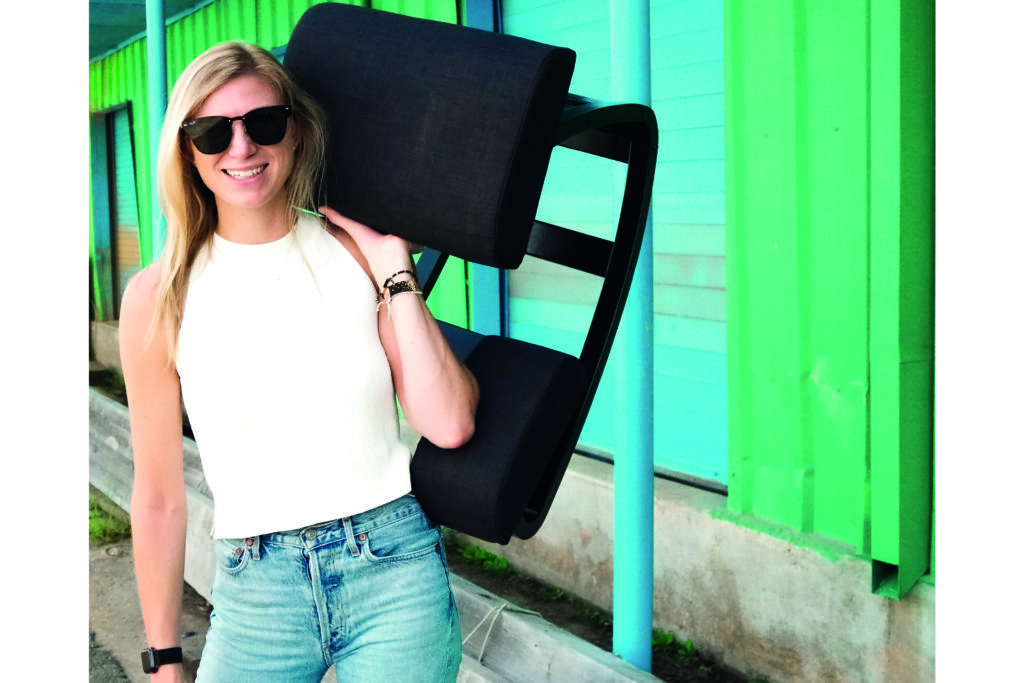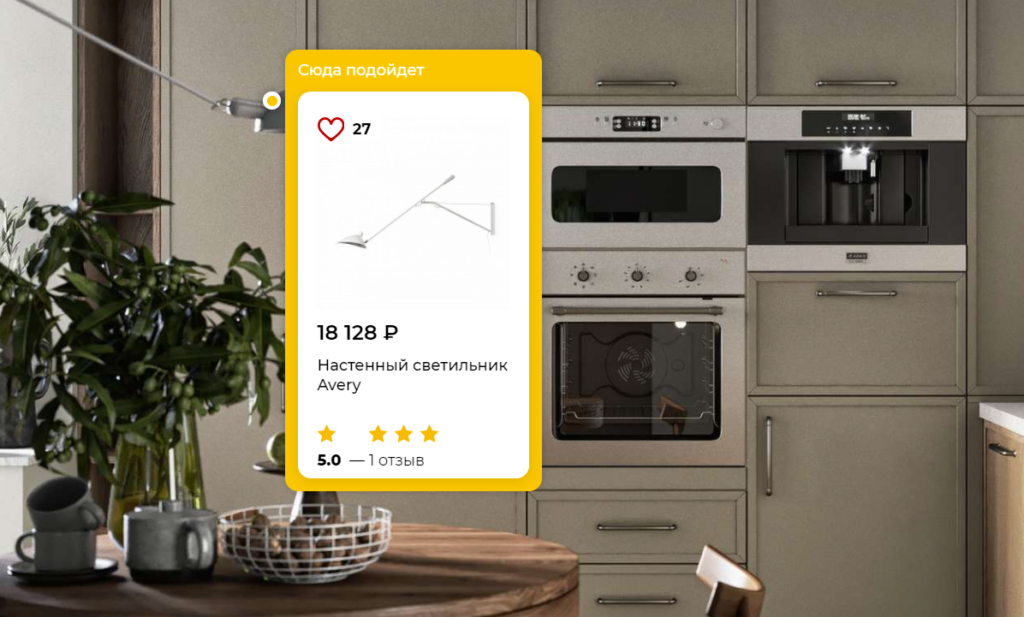Omnichannel commerce allows stores and brands to bridge the gap between online and offline sales and build channels so that they complement each other and give the customer full control over choosing and purchasing a product. Customers themselves can decide where and how to buy, and perceive the retailer not as a set of outlets, but as a brand. The essence of the omnichannel approach is to satisfy the needs of the client here and now. But establishing sales channels does not mean achieving omnichannel retail. It’s important to make these channels interact with each other for the sake of the customer. The customer doesn’t care about the number of channels, but about the quality of the services provided with their help.
Let’s try to understand the importance of omnichannel commerce in one of the top developing eCommerce segments – furniture – and what one can do to establish it.
Multichannel, cross-channel and omnichannel
There may be three scenarios when you try to establish sales channels: multi-channel, cross-channel and omni-channel.
Multichannel
In a multichannel approach, sales channels are not linked. If the client buys products in an online store, then the sales assistants at the outlet won’t have access to the history of purchases. Sales channels do not interact with each other in any way, and sometimes they also compete.
Cross-channel
Cross-channel is the ability for customers to use multiple channels for one order. For example, they can buy online and pick up the product in the store (BOPIS system), or choose purchasing in the store and getting it by courier. Channels do not compete between themselves, complement each other and offer a unified experience of interaction between online and offline stores.
Omnichannel
The key difference of the omnichannel approach is that here all channels interact between themselves in real time, providing customers with access to products, services and information about them wherever and whenever.

Why omnichannel?
When the Internet entered the life of the mass consumer, retailers got a new channel – online stores. With the convenience of eCommerce, retail got negative trends: price wars between online stores and retail outlets and the increased availability of products have allowed retailers to arbitrarily set prices in different sales channels. Despite the rapid growth of eCommerce, even in the United States, its share remains small.
Furniture and homeware eCommerce generated 12 percent of total retail eCommerce in the United States in 2021. With these encouraging sales figures, online sales of furniture still have a long way to go to prevail over the physical stores. In 2021, only 13 percent of online consumers in the U.S. mostly bought furniture and household items online rather than offline. At the same time, this is what empower this eCommerce segment with such great growth potential. It all comes down to the shopping experience and shipping costs. Still, many shoppers are afraid of expensive online purchases, it is up to retailers to make potential customers feel more comfortable about shopping furniture online.
Statista
Some of the reasons why these purchases are still not widely adopted in the U.S. market are connected to high shipping costs. With the BOPIS (buy online, pick up in store) services, furniture e-tailers can overcome this obstacle. The COVID-19 pandemic and younger generations became the factors that propel this model. A new type of shopper trusts advertising less and requires an individual approach. And although any business is customer-oriented, omnichannel takes it to the next level with the help of collection and analysis of customer information across all channels.
Furniture eCommerce best practices
The idea of omnichannel has not just appeared, but on the global market there are no large omnichannel players. According to Forrester analyst Brandan Whitcher, the necessary technologies are already in use, but the optimization and support of these processes is not yet established. Nevertheless, it does not mean furniture e-tailers should not rely on global experience in order to build their omnichannel commerce. Let’s look at the best practices that already exist in furniture eCommerce.
Mag42.ru: promos and cross-docking system
In March 2021, Mag42 held the Wholesale Price Days campaign, setting a 30% discount for the entire product range. In addition, the company promised to deliver their items for free to those customers who spent more than 10 thousand rubles (approx. $132) in the store. At first the same day of the double action, the store’s revenue amounted to over one and a half million rubles (approx. $19,740). And until the end of March, purchasing activity did not decrease.
Mag42 conducts similar promotions on a regular basis, actively promoting them on social networks and on thematic forums.
By developing an omnichannel project, Mag42.ru minimizes service costs. The company does not keep products in warehouses, preferring to work with customers on a cross-docking scheme. The cross-docking system relieves Mag42.ru from significant costs: no need to maintain a large warehouse and staff. They don’t need to open a store, pay salaries to salespeople and the CEO. It’s easy enough to find the audience on the Internet.
Askona: eCommerce platform and POS
Ascona entered the top 100 sellers and ranked 10th in the household products category and repair according to a study of the omnichannel level of the largest Russian Retailers led by Data Insight and AWG. The omnichannel rating was formed based on the assessment of the seamless customer experience regardless of how the purchase process took place: in an offline store, via the website, mobile application or by contacting a store employee.
“Two years ago we came to the conclusion that we simply have to be omnichannel. And now we are present where it is convenient for the client. If it is convenient to be online – we will be online. If customers want to come to a retail store, we will meet them there with pleasure” says Roman Ershov, the President of Askona Life Group.
“85% of furniture purchases still happen offline, but the pandemic significantly changed our habits, so at the moment our main focus is to increase quality of service in the online channel. Over the past year, two important events have taken place in Ascona: the relaunch of the official website and implementation of POS (Point Of Sale – single window service for sellers) based on a professional eCommerce platform. But the most important change is due to the fact that Ascona’s managers are no longer divided into online consultants and retail store employees. Everyone can work in an online channel, using the services of the IT system and while being at any point. There will be additional features: contactless payments, payment by QR code, video consultation service and online lending” shares the CEO.
Divan.ru: focus on GenZ needs
The new generation Z (people born in the 2000s) is the digital generation. They are extremely inconvenient to make purchases offline, communicate with other people face to face and even talk on the phone. They are visuals, they consume “here and now”. GenZers prefer online shopping, so it is important to focus on online sales of furniture.
The Divan.ru project was launched 2 years ago. Now it has more than 650,000 visitors monthly, more than 2,500 orders per month, turnover exceeds 40 million rubles (approx. $525,600) only for soft furniture. The design and usability of the site has been developed with the needs of the new generation in mind. The “customer journey” was carefully studied before development, so it is not surprising that the online store itself shows excellent results.
However, as long as generations X and Y are included in the number of consumers, it is too early to completely put all eggs into the “online” basket. This was confirmed after being branded first as an online store. Furniture sales increased markedly after physical stores were opened. We may conclude that you can work online only, but combining both channels, online and offline, you get the greatest efficiency. Therefore, the company is already building a cross-channel strategy and strives for the omnichannel approach.
Sleekform: remote staff and online tools

Let’s have a chat with Liz and find out how her new chair business is going:
“I’m all online. I am a big proponent of remote work and location independency. Firstly, you can use the money that would be used for brick and mortar stores from a staffing perspective, from aren’t perspective and from a utilities perspective, and all of that can go back into the product. To continuously improve the product, hire better talent as well as buy more products. Then, ready-made eCommerce solutions allow me to move faster without having to have a high-tech coding background. I can make some small tweaks on my website without hiring coders to make things happen by using online tools that allow us to move more quickly. and there are so many online tools out there you can utilize. For example, I use MailChimp for email marketing and QuickBooks to manage my accounting and bookkeeping. Also, my entire team is entirely remote. I genuinely believe the positives of remote work outweigh the costs because I can work with people who are incredibly talented from all over the world. I am located in Austin; if I can only look in Austin, it’s a much shallower pool of talent than it is if I can look at the entire globe. The team right now has me based in Austin, Texas; my advertising guru is in Moldova, suppliers are in China, and a content writer in Canada. The time savings are large, and we all have to be flexible with that. To make life a little easier, we utilize several online tools, one of which is Google Drive to organize documents and Slack for centralized communication”.
Ikea: Augmented Reality app
Augmented Reality (AR) brings a whole new experience to online shopping. This helps visualize products and overcome the discomfort of choosing them. For retailers and brands, augmented reality is a rather complicated and expensive development. It won’t pay off in the short term. Ultimately, it is the brand that will create the most unique and convenient shopping experience. A unique user experience sets your eCommerce brand apart from the competition. One of the pioneers in the use of augmented reality is IKEA. His Place app helps you see how furniture from the catalog looks in the interior.

We’ve got a similar case while integrating an AR service for a glasses’ marketplace. You can find more details about system integration on our website, the Cases section.
INMYROOM: blog with clickable images
A website is what you primarily need to start transitioning to eCommerce while building an omnichannel strategy. But what can be an added value you offer apart from your best-in-class products online? Think about blogging. Thoughtful content marketing gives amazing results. With a blog, a company is 434% more likely to rank higher in search engines and outperform competitors.
The owners of the INMYROOM online furniture store have created a successful media about interior design on its basis. In 2014, a marketplace was built into the online magazine. In the blog articles, product details are integrated directly into the photos, with the help of which you can view and purchase your favorite product. With the help of content, INMYROOM solved several problems at once: it engages potential customers and promotes them along the marketing funnel, builds trust of the target audience and stimulates the growth of traffic. More than 5 million users visit the site monthly, and the company receives up to 40% of all traffic from search engines.

Tips for introducing omnichannel into the furniture business
Use an online platform
Companies can develop their own technologies, or they can use ready-made solutions customized to their project needs. A commercial off-the-shelf platform pays off faster as you need to add minimal tweaks to fit it to your project needs. While customizing a standard solution, keep in mind other channels you already have: social accounts, brick-and-mortar stores, CRM and accounting systems. We can easily build them on your platform to unite all the channels seamlessly.
Put your customer at the center of your sales channels
It is easier to collect information about customers and their behavior through online channels than offline: from personal data to information about what products got the most views – all this helps to find an individual approach to the client and provide the best service. By combining customers’ data from different channels, you will know what they need and can personalize your offers.
Keep the prices and the product range the same across channels
Prices and assortment in online stores and retail outlets often do not match. Imagine that you are renovating the interior of a room and want to buy a new sofa. You go to the online store, read reviews and descriptions, and compare prices. You’re satisfied, and you go to the store but either cannot find the same version of sofa, or the same price for that version. If there is confusion in the sales channels, then it will be difficult for the retailer to keep loyal customers and get new ones. Form the same prices and a single assortment. Be honest with your customers and don’t deceive their expectations. XML&CSV Import Pro for CS-Cart can help you keep the same inventory with established prices.
Don’t delimit channels for sales assistants
Sales assistants in some stores do not receive bonuses for online orders, so they are often ignored. As a result, the company receives complaints. This leads to a loss of trust. To avoid such situations, develop an honest system for staff. Reward it without specifying the channel the client came from.
Set up logistics between stores and warehouses
Buyers don’t want to know about warehouses, shipping and transportation problems. They want to order and receive goods anywhere. If customers cannot buy products online and pick them up at the outlet on the way home, they will turn to a retailer who will offer that opportunity.
Set up logistics on your own or outsource a third party? It depends on the size and capabilities of your company. The main thing here is to simplify the supply chain. You will increase turnover and increase sales, and the customer will not have problems receiving the goods in a convenient place.
Bring digital technology to retail outlets
Shopping has become entertainment. With smart mirrors from Superdry, visitors tried on the winter collection in real time. IKEA proposed an augmented reality, which, using a smartphone camera, projects furniture in the interior. The retailer entertains the customer, attracting attention along the way and collecting information about his or her preferences and tastes. You can order integrating an AR system into your CS-Cart store from us.
